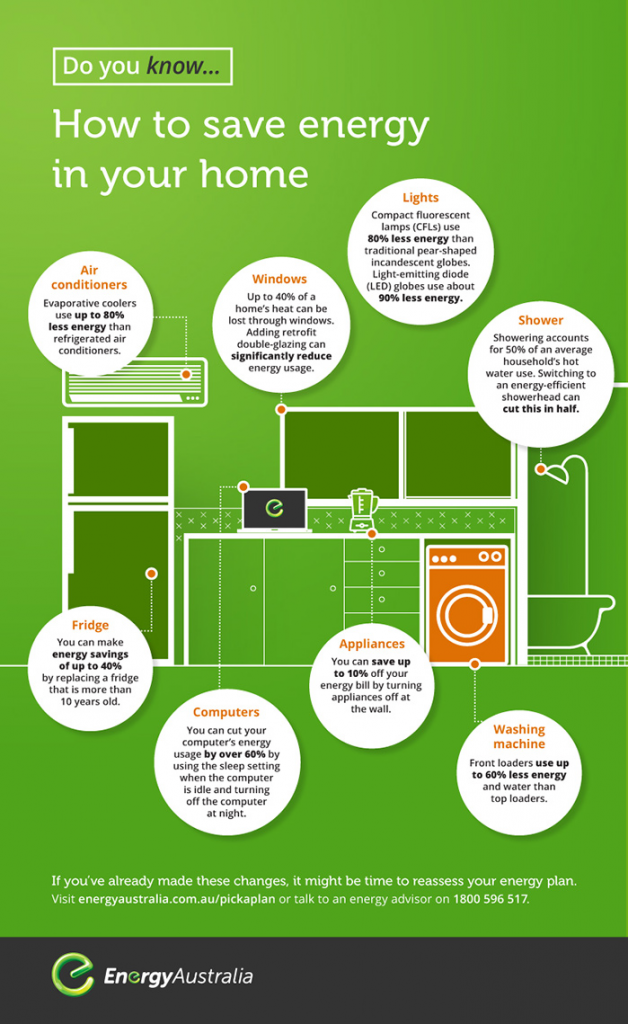When on the road you really start to appreciate every scrap of energy. Not knowing when you will next charge your phone, or whether a fridge will be available for your milk are daily struggles only felt by those without a constant energy supply. But when you’re settled in a more permanent home, it can be all too easy to throw money into the pockets of energy suppliers and only panic when the quarterly bill arrives. Get the jump on the energy companies and manage your energy usage, keeping the dollars firmly in your pocket and doing your bit to save our natural resources.
Maintain Appliances
The saying “If it isn’t broke don’t fix it” doesn’t really apply when talking energy use and old appliances as a fridge over 10 years old can use 40% more energy than a newer model. Of course it takes more resources to produce new appliances, but the savings in the long term can make the investment worthwhile.
Switch off at the Wall
Ok so the microwave clock might re-set, and the computer may take an additional minute to turn on, but switching off at the wall can save up to 10% on an electricity bill. If flicking all the switches takes too long, invest in a multi-plug to power down quickly. Also, there is plenty of energy saving switches on the market (some governments offer incentives!) that can be programmed to switch off after a set time period.
Check Appliance Energy Ratings
Generally appliances that are more energy efficient are more expensive. Top loading washing machines are always cheaper than their front loading cousins, but they can use 40% more water. Of course, this extra water has to be heated every time, which uses more power with every wash – over the life of the machine this can really add up to a much greater expenditure.
Be Showered in Savings
Power showers may be a relaxing thunder of watery bliss, but they can use twice the water of a bath or energy efficient shower head. Using around 120 litres of water per minute, a power shower is power hungry, so switching to an efficient shower head can save half of this water and the cost of heating it.
Control temperature Exchange
Almost 40% of home energy usage is estimated to be spent on heating and cooling – so reducing this where possible can amount to serious savings. Plug any gaps around doors and windows, and insulate wherever possible to limit heat transfer.
Take a look at the graphic below and try simple solutions for long term savings, keeping those extra few dollars from the electricity providers, and in your pocket.


